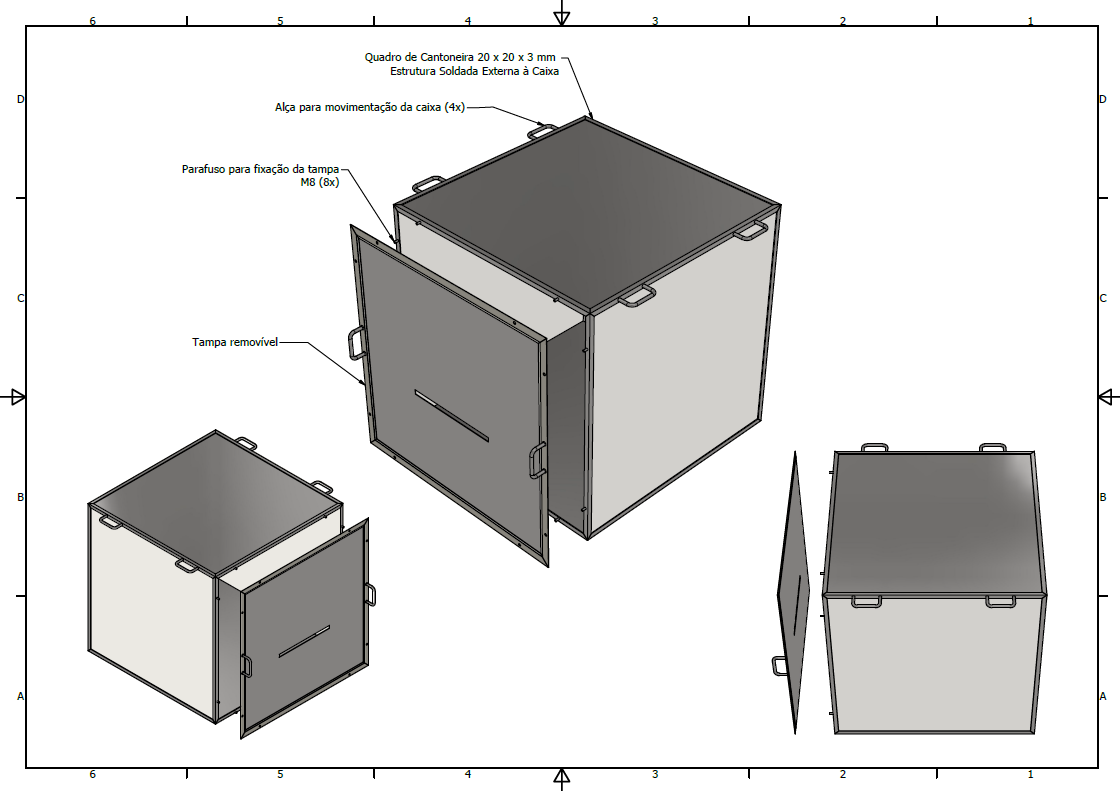The Camara Obscura
The experimental project research The Camara Obscura - Decoding and Reprocessing of Memories is part of transdisciplinary research, involving photography, noise, physics, semiotics, neuroscience and psychology, on the rescue of memories through photography and its decoding.
Photographic image methods – and the image itself – play an important role in therapeutic applications in trauma, such as those used in the EMDR technique (Desensitization and reprocessing through eye movements), or those used in Psychodrama techniques or in cognitive and neurological disorders of patients, such as psychotics, whose outbreaks suggest the cause and association of brain damage and chronicity involving memory loss, regardless of the patient’s neuroplasticity, thus considering more serious cases such as Alzheimer’s disease.
Analyzing the temporality of memory through photography as a method of documenting memories and consequently a desensitizing act because memory, despite being documented, can be subjective and questionable, it is possible to consider the decoding of photography a projection of the mathematical logical linearity of primitive communication, being an evolution of the noise uttered in a primate communication that proceeds the gesture (the performance - characterizing in art) and consequently the image, a technical evolution or the coding of the image.
This project proposes experiments on desensitizing processes using photographs and installations that suggest the recovery of memories. These installations are based on the assumption that communication is intuitive and if we go back to the primitivism of communication, starting from gestures (performance) and noise/symbols (decoding of the documentary photographic image) we can arrive at basic principles of human memory, thus including a dialogue more simplified within pathologies and disorders associated with memory loss, therefore, the development of this research is mainly a parallel alternative, using photography in psychiatric, psychological and neurological treatments.



This proposal aims to investigate and artistically translate the experience of memory loss by interviewing individuals with partially lost memories, as well as friends or family members of people who have experienced total memory loss. The goal is to narrate and visualize the stories related to these losses through photography, sound, and immersive installation. Participants will be divided into two specific groups:
Volunteers willing to share personal stories of trauma, which will serve as a basis for a photographic desensitization process using self-portraiture;
Volunteers experiencing specific memory loss, who agree to contribute with personal photographs or emotionally significant objects to be photographed — materials potentially connected to memory loss triggers.
These images will be subjected to a decoding process: the photographic content will be deconstructed into symbolic visual elements, replacing the traditional photograph with abstract representations. Additionally, each decoded image will be translated into sound stimuli using software-generated noise derived from the visual structure of the image itself.
The culmination of this research will take form as an immersive installation titled The Black Box, built in Virtual Reality, simulating a “Camera Obscura”. Visitors will be able to interact with each floating photograph in a fully dark 3D environment. Each image will be accompanied by synthesized soundscapes and concise narrative texts recounting the personal memory loss stories behind the visuals.
The installation will also include an analog “Camera Obscura” equipped with an analog plate reverb system. A metallic surface inside the camera will be fitted with magnetic pickups to capture subtle acoustic reactions generated by light incidence. These faint resonances — caused by the interaction of light with metal — will be amplified and transformed into audible sound. The lighting will be user-controlled, allowing the audience to manipulate intensity, direction, sharpness, and color temperature, thereby modulating the sonic outcomes in real time.



Installation of the Camera Obscura with sound modulator
The main Camera Obscura will have dimensions of 1x1x1 meters. As light is emitted onto an analog plate reverb system, it will produce modulations in the resulting sound waves. The structure will include a sound modulator that reacts in real time to light variations. For the first Camera Obscura, a dedicated support will be built, requiring a space of approximately 3x3 meters.
The light modulation controllers will also be programmed to control sets of sine wave sound frequencies emitted through separate speakers. These frequencies will be arranged to generate binaural beats, aiming to stimulate auditory-induced changes in brainwave patterns.
Below the first prototype
Digital Memorial – Site & Database
An immersive website will be developed to allow users who cannot attend the physical exhibition to experience the project remotely. The platform will offer an interactive audiovisual experience combining sound modulation and kinetic art, starting from photographic materials and incorporating elements of physiological optical illusion.
The website will initially collect user interaction data. This data will later activate Mixed Reality Memorials placed in selected public locations across Brazilian cities, triggering light and the emission of specific sound frequencies whenever the digital and physical components align.
Mixed Reality Memorial
A series of site-specific Mixed Reality installations will be created, designed as “Black Box” structures in urban spaces. These ephemeral memorials will serve as portals for memory reactivation through sound and light. Eventually, these virtual structures will be transformed into physical monuments — tactile and sonic spaces of collective remembrance.



